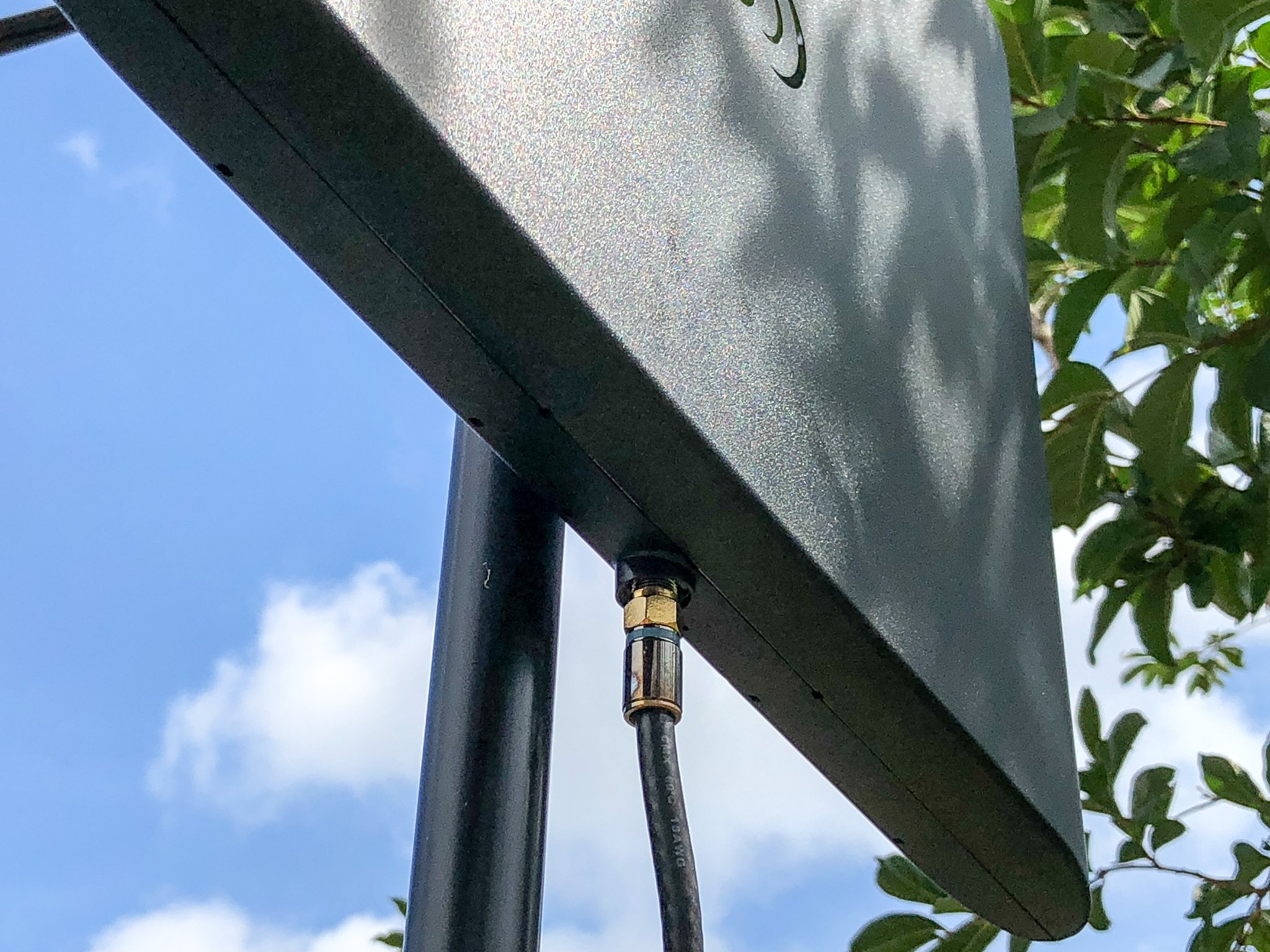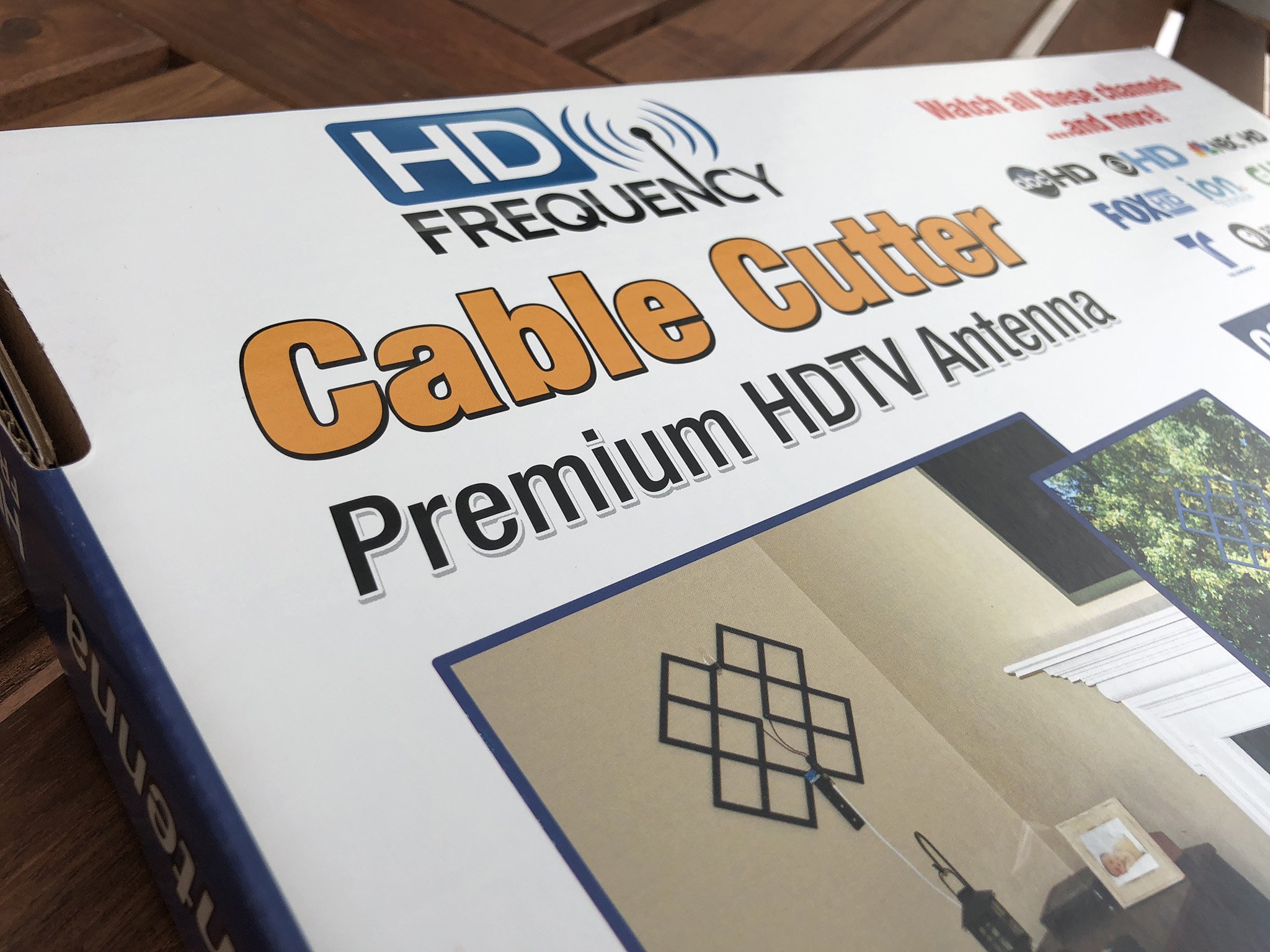Do you need an HD antenna?
It's a trick question

When it comes to over-the-air antennas, it's easy to overthink things. It's 2018. We can stream video from our phones to the other side of the planet in near-real time. We can order things using our voices. We can watch television in 8K Ultra Super-Duper High-D Asterisk Definition.
Oh, what a time to be alive.
What you do not need, however, is an "HD antenna."

Here's the thing. An antenna is an antenna. Twas ever thus.
Sure, antennas have gotten better over the years. We can do remarkable things with antennas of such a small size that we're able to have computers in our pockets. (And, uh, we have for a long time.)
And televisions have gotten better, too. If you don't have one that's capable of high-definition playback — that is, HD — then it's seriously time to think about upgrading.
But, to repeat: What you don't need is an "HD antenna." There is no such thing as an HD antenna. That's a marketing term, and a bad one at that.
The latest updates, reviews and unmissable series to watch and more!
What does an antenna do? It receives a signal. The signal doesn't care what "kind" of antenna you have. If it's capable of receiving the signal, it's going to receive the signal. It's your TV tuner's job (and that's separate from the display itself) to sort out exactly what that signal is and what to do with it.
An antenna is just an antenna, and a signal is just a signal.
This whole HD thing is dependent on, first and foremost, the source of the signal in the first place. Today, in 2018, we generally see local broadcast stations top out at 1080i. (Yes, eventually — and with ATSC 3.0 — we'll see higher resolutions, and that will require new tuners. But not necessarily new antennas. And in any case it's still a long ways off.)
It's not unusual to see broadcast channels spit out their signal in 720p or even 480i. But the point is your antenna doesn't care. Because there is no such thing as an "HD antenna."
What does matter downstream is your tuner and your TV. But even then, it's not really something you're going to have to worry about with modern hardware. If you have a TV with a built-in tuner or something like HDHomerun or Tablo or AirTV , it deals with all that for you, passing it through whatever streaming hardware you're using, be it Apple TV or Roku or whatever. And then your TV worries about what resolution to view it on.
But none of that cares whether you have an "HD antenna." Because there is no such thing.
No. More important when it comes to OTA antennas is where it's located (outdoors and higher is always better than indoors and lower), the positioning of the antenna (pointed towards the towers is best), and then the basic specs for things like gain. (And more gain isn't always better, but that's another thing for another time.)
What's not important? Whether it says "HD" on the box.

